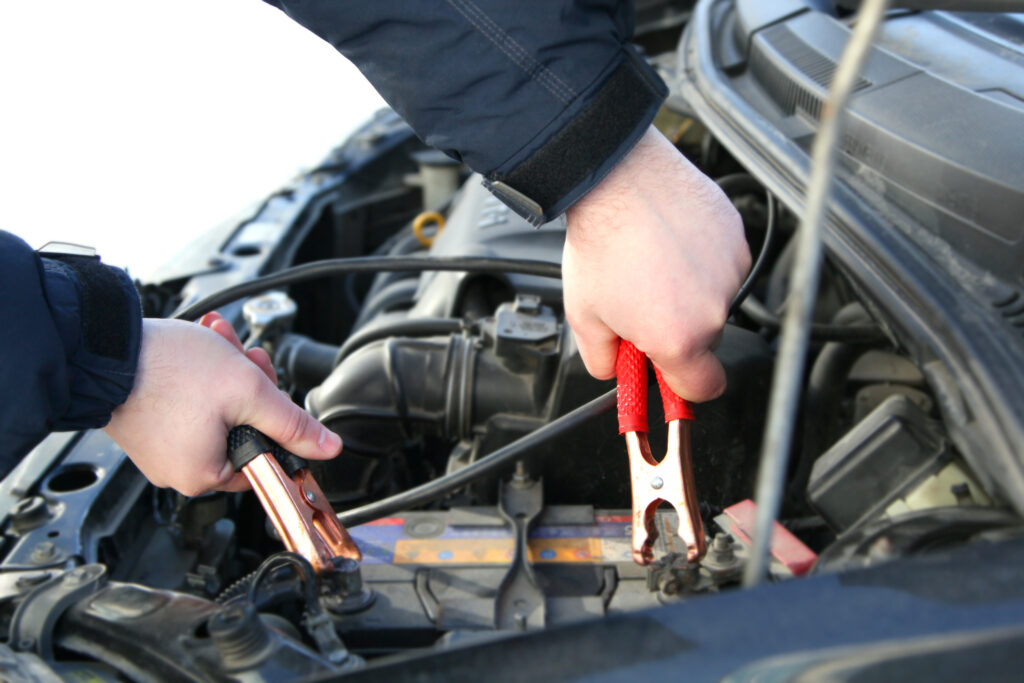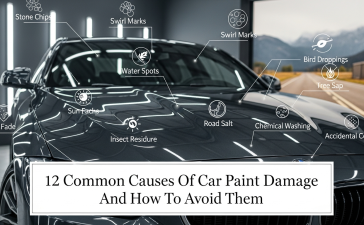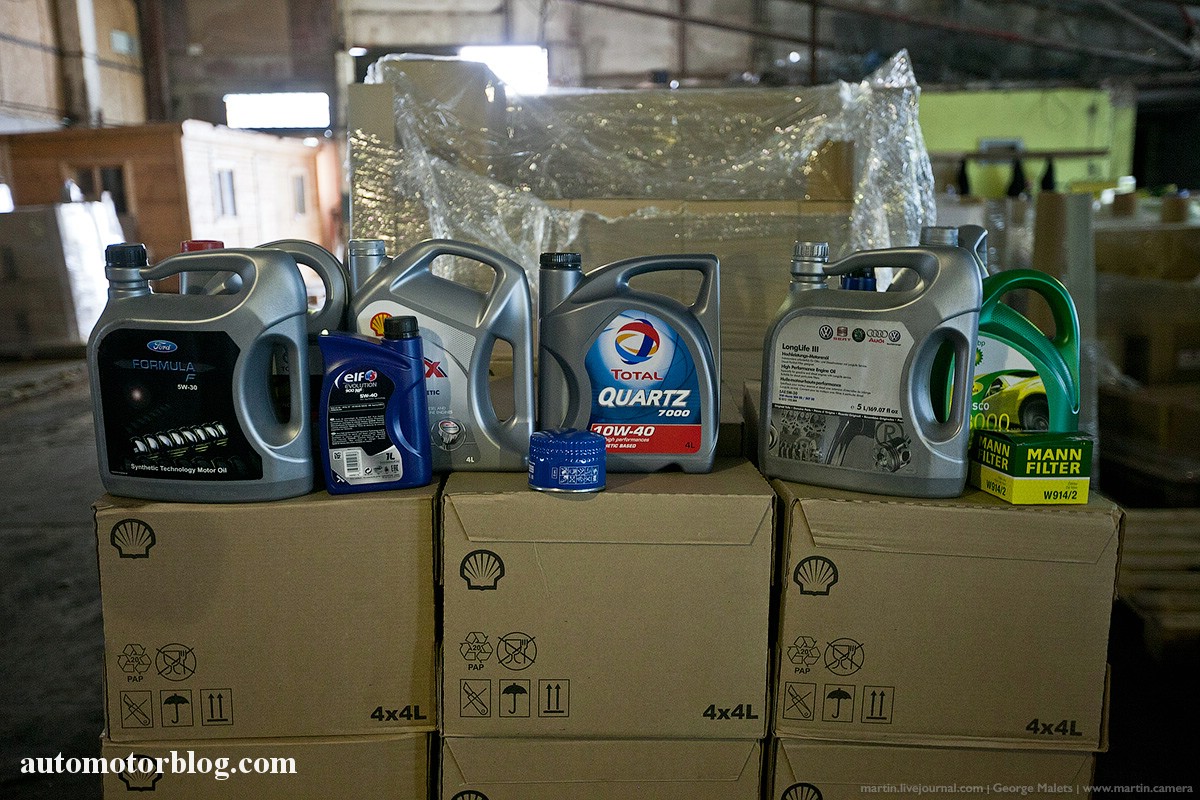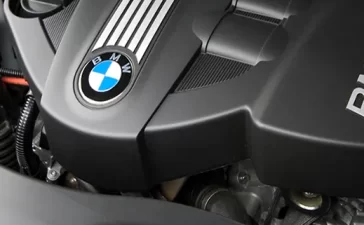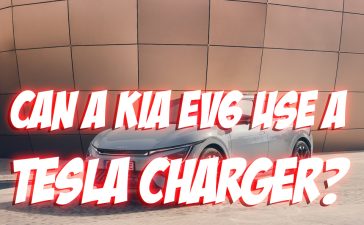Are you having trouble starting your car? Does your interior light flicker when you start the engine? Do you hear strange sounds coming from your engine compartment when your car is running?
If so, it might be time for a new battery.
In this post, we’ll discuss five common symptoms of a battery that needs to be replaced. We’ll also provide tips on how to prolong the life of your battery.
So, if you’re experiencing any of these symptoms, it’s time for a new battery! Read on to know more.
Replacing Car Batteries
It’s common for car batteries to last between two and five years. However, extreme weather conditions, short trips, and infrequent use can shorten a battery’s lifespan. So, it’s safe to say that you should know the signs that indicate it’s time for a new battery.
To make the best decision about your car battery, it’s important to know the different types of batteries available as well as their benefits and drawbacks.
- Flooded lead-acid batteries are best for long life and high discharge rate but require more maintenance than AGM or gel batteries.
- AGM (absorbed glass mat) batteries are best for deep cycling and have a higher discharge rate than flooded lead-acid batteries but may not last as long.
- Gel batteries offer the best vibration resistance and can be used in any position without leaking, but they have a lower discharge rate than AGM batteries.
Now that we’ve gone over the different types of batteries, let’s discuss the five symptoms that indicate it’s time for a new battery.
Sign #1: Your Car Doesn’t Start
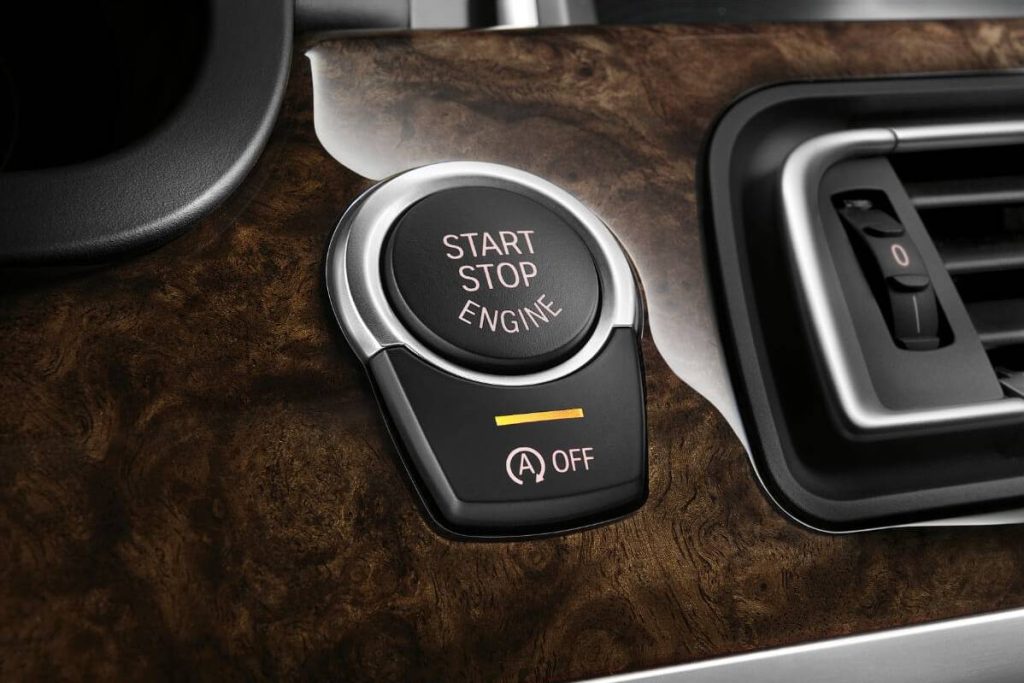
One of the most common symptoms of a dying battery is that your car won’t start. If you turn the key and nothing happens, it’s likely an issue with your battery.
This can be caused by a number of things, including a dead cell in the battery, corrosion on the terminals, or simply a loose connection.
If this is the case, you’ll likely need a jump start to get your car going. But if you find that your car won’t start even after a jump, it’s time for a new battery.
To jump-start a car battery, follow the steps below:
1) Remove the negative (-) terminal from the battery.
The first step is to remove the negative terminal from the battery. This is usually the black one. Find the right size wrench to loosen the bolt and then remove the terminal. If there’s any corrosion on the terminals, use a wire brush to clean them.
2) Determine if the battery can hold a charge.
To test if the battery can hold a charge, use a voltmeter to test the voltage of the battery after it’s been charging for at least four hours. If it’s below 12 volts, it needs to be replaced.
If it’s above 12 volts, the battery is good and you can move on to the next step.
3) Attach the positive (+) terminal to the battery.
Once you’ve determined that the battery can hold a charge, it’s time to attach the positive terminal. This is usually the red one. Again, use the right size wrench to loosen the bolt and then attach the terminal.
Make sure the connection is tight to avoid any sparks.
4) Jump-start the car.
Now, it’s time to jump-start the car. Make sure the other car’s engine is running before you attempt to start yours. Once both cars are running, disconnect the jumper cables in reverse order from how you connected them.
Sign #2: Your Engine Cranks Slowly
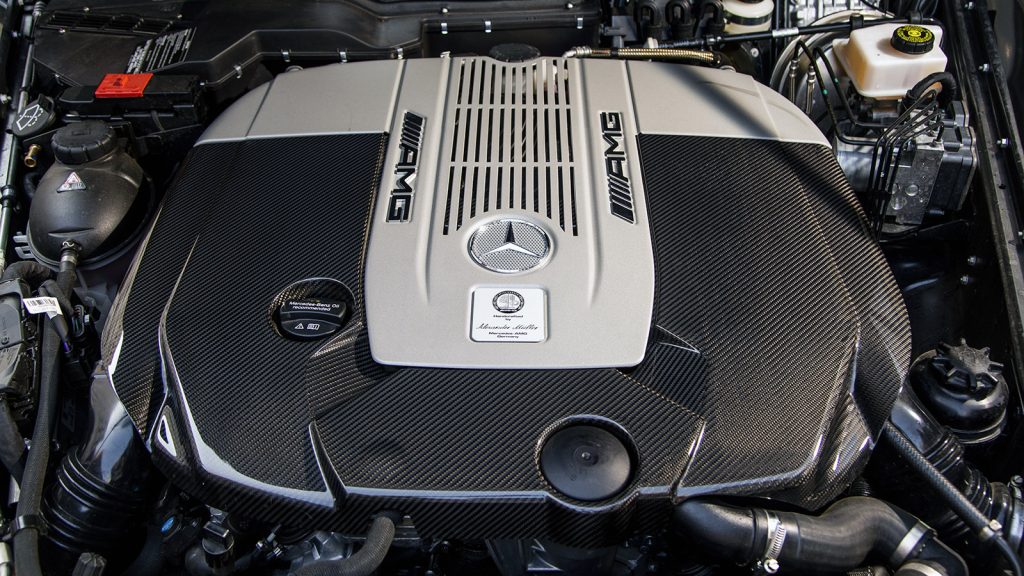
If you turn the key and the engine takes a long time to crank, it’s another symptom of a battery that needs to be replaced. This is usually caused by sulfation, which is when the lead sulphate crystals build up on the plates in the battery.
Over time, these crystals will prevent the battery from holding a charge and starting your car. So if you notice sulfation on the battery, it’s time for a new one.
Another cause of a slow-cranking engine is a weak alternator. The alternator charges the battery while the car is running. If it’s not working properly, the battery will slowly lose its charge and eventually die.
If you think your alternator might be the problem, take your car to a mechanic to have it checked.
Aside from a slow-cranking engine, another symptom of a weak alternator is dim headlights. If you notice that your headlights are dimming or flickering, it’s a sign that the alternator isn’t charging the battery properly.
Sign #3: You Hear a Clicking or Humming Noise When The Engine Is Running

If you hear a clicking or humming noise when the engine is running, it’s another symptom of a battery that needs to be replaced. This noise is usually caused by a loose connection between the battery terminals and the cables.
To fix this, do the following:
- First, turn off the engine.
- Next, remove the negative (-) terminal from the battery.
- Then, clean the terminals and cables with a wire brush.
- Once you’ve done that, reattach the terminals and make sure they’re tight.
- Finally, start the engine and see if the noise is gone.
- If the noise is still there or if you notice any other problems, take your car to a mechanic to have it checked out.
Sign #4: Your Car Won’t Start in Cold Weather
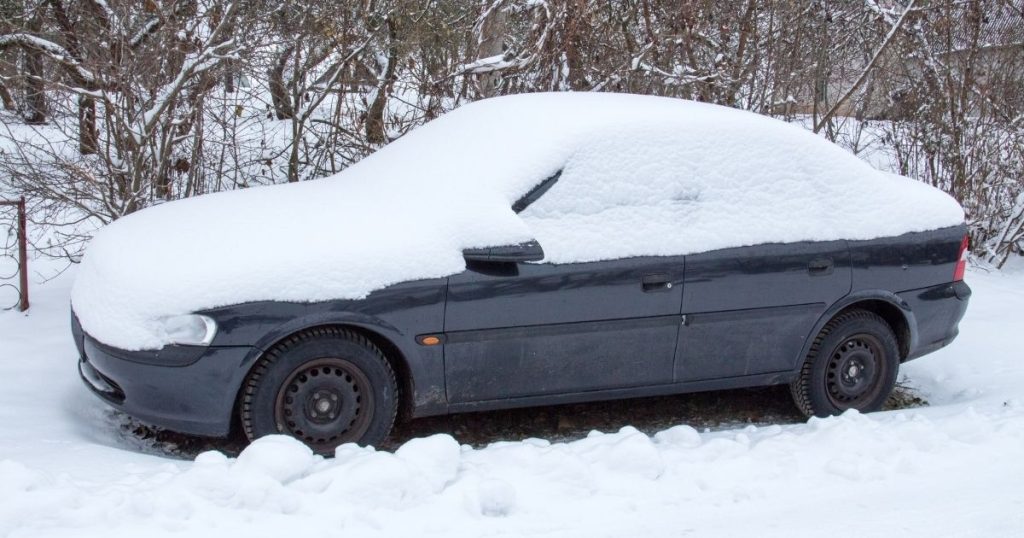
If you try to start your car in cold weather, and it won’t start, it could be because of a dead battery. Cold weather can make it harder for the battery to turn over the engine.
If you think the battery might be the problem, do the following:
- First, turn on the headlights. If they’re dim or flickering, it’s a sign that the battery is weak.
- Next, try to start the car. If it takes a long time for the engine to crank or if it doesn’t start at all, the battery is probably dead.
- If you think the battery might be the problem, take it to an auto parts store to have it tested. They can tell you definitively whether or not you need a new one.
Sign #5: You Notice Fluid Leaking From the Battery
If you notice fluid leaking from the battery, it’s a clear sign that the battery needs to be replaced. This fluid is usually acid, and it can damage your car if it’s not taken care of.
To properly clean up the leak, do the following:
- First, turn off the engine and remove the negative (-) terminal from the battery.
- Next, use a rag or paper towel to clean up the acid.
- Once you’ve done that, inspect the battery for any damage. If you see visible damage, it’s best to replace the entire battery.
FAQs About Car Battery Replacement
How often should I replace my car battery?
Most car batteries will last for about 3-5 years. However, if you live in a hot climate or frequently drive short distances, your battery may not last as long. If you notice any of the signs listed above, it’s best to take your car to a mechanic to have the battery checked.
How much does it cost to replace a car battery?
The cost of a new battery will vary depending on the make and model of your car. However, most batteries will cost between $50 and $100.
Can I replace my own car battery?
If you’re comfortable working with tools and willing to follow instructions, you can replace your own car battery. However, if you’re not sure what you’re doing, it’s best to leave it to a professional.
What should I do with my old car battery?
Most auto parts stores will recycle your old battery for free. However, you can also take it to a local recycling centre.
Why is my car battery dying so fast?
There are a few reasons why your car battery might be dying faster than normal. One reason could be that you’re frequently driving short distances. This can cause the battery to drain faster because it doesn’t have time to fully charge.
Another reason could be that you live in a hot climate. Hot weather can cause the battery to overheat and shorten its lifespan.
What are the best car batteries?
The best car batteries are ones that are designed for your specific make and model of car. However, some good universal options include the DieHard Gold Battery, the Optima RedTop Battery, and the Odyssey PC1500 Battery.
Conclusion
If your car won’t start or you notice any of the other signs listed above, it’s likely time for a new battery. Luckily, replacing a car battery is a fairly simple and inexpensive process that most people can do on their own. However, if you’re not comfortable working with tools, it’s best to leave it to a professional.
Do you have more questions about car batteries? Feel free to contact us any time. We’d be happy to hear from you and help in any way we can.


